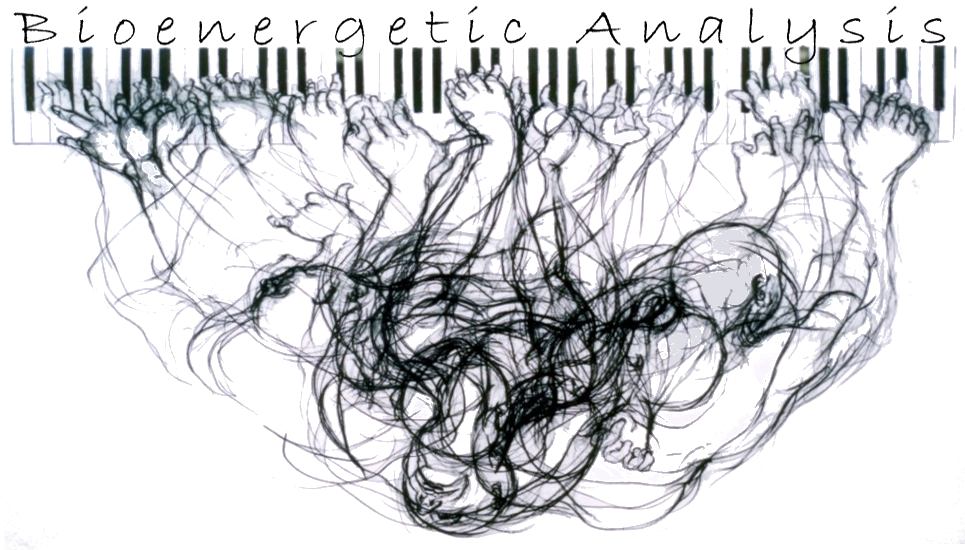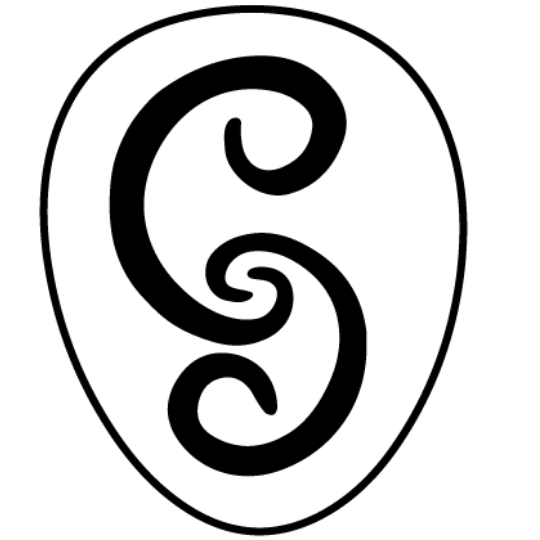
Bioenergetic Analysis is a specific form of body-psychotherapy - based upon the continuity between body and mind - rooted in the work of Wilhelm Reich and founded by Alexander Lowen.
Alexander Lowen met Wilhelm Reich in 1940, and trained with him until 1952. He studied Reich's energy principles and character analysis. He also had personal therapy with Reich from 1942 to 1945 before becoming a Reichian therapist himself. Alexander Lowen then developed Bioenergetic Analysis as his own creative contribution to help people clarify the complexity of the mind-body split. He developed his theoretical and clinical approach in the 1950s and early 1960s.
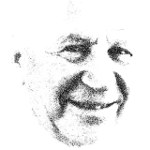 Alexander Lowen devoted his life to showing the importance of the body in the psychotherapeutic process, as he was convinced that every profound change has an impact on the body. He had inherited Reich’s revolutionary impulse and was an expert in reading a person’s history in their body and in seeing what they needed to do with that body to make greater room for their life-force. This was a one-person therapy.
Alexander Lowen devoted his life to showing the importance of the body in the psychotherapeutic process, as he was convinced that every profound change has an impact on the body. He had inherited Reich’s revolutionary impulse and was an expert in reading a person’s history in their body and in seeing what they needed to do with that body to make greater room for their life-force. This was a one-person therapy.
The more alive your body is, the more you are in the world."Bioenergetic Analysis rests on the simple proposition that each person is his body. No person exists apart from the living body in which he has existence and through which he expresses himself and relates to the world around him. If you are your body and your body is you then it expresses who you are. It is your way of being in the world.” Alexander Lowen
Bioenergetic Analysis basically combines a bodily, analytic and relational therapeutic work, based upon an energetic understanding. It helps to release chronic muscular tensions, manage affects, expand the capacity for intimacy, heal sexual difficulties and learn new, more fulfilling ways of relating to others. Tenderness, aggression, assertion - and their confluence in sexuality - are seen as core lifesaving forces. The therapeutic relationship provides a place of safety in which healing begins.
The therapist reads the body, resonates with its energy, feels the emotions, listens, hears and answers the words. The language of the body (posture, gesture, breathing, motility and expression) is on focus as it indicates the status on the way to personhood; from the past to the present and future. Techniques are used which address the energetic aspect of the individual, including her self-perception, self-expression, and self-possession.
These also include work with body contact, boundaries, grounding, and the understanding of muscular tensions as indications of somatic and psychological defenses against past trauma. The goal of therapy is more than the absence of symptoms - it is having aliveness, getting a taste of pleasure, joy, love: vibrant health.
"Bioenergetic Analysis integrates a work with the body, with the patient's interpersonal relationships, and with his mental processes; each of which is correlated and interpreted in terms of the others ... It starts with the reality of the body and its basic functions of motility and expression". Alexander Lowen
Bioenergetic Analysis is a unique and effective relational somatic psychotherapy with a long and established history on the cutting edge of contemporary psychology, as rapid advance in neurobiology highlights the intricate and intimate relationship between body and mind.
Reason for which this approach evolved from the Lowenian roots to a contemporary evolution, developing the relational aspect through the integration of attachment theory and relational therapy concepts, as well that of new findings in the field of neuroscience and trauma therapy. These changes include a focus on the importance of the interpersonal relationship in the psychotherapy process: a two-person therapy.
